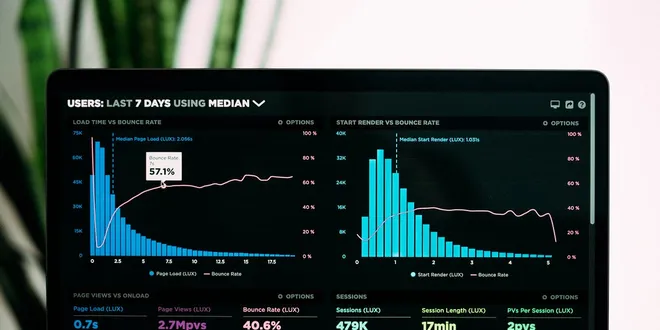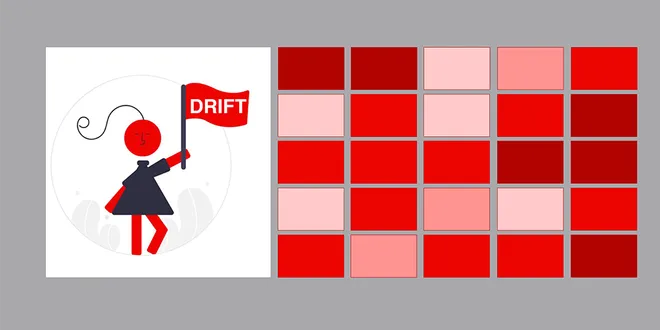Statistical Techniques for Drift Detection
Statistical techniques for drift detection are essential tools in machine learning and data science, used to identify changes in data distributions over time. Data drift occurs when the statistical properties of the input data change, potentially degrading model performance. Various statistical methods, such as the Kolmogorov-Smirnov (KS) test, Population Stability Index (PSI), and hypothesis testing, are employed to monitor and detect these shifts. By applying these techniques, practitioners can ensure that their models remain robust and reliable, adapting to evolving data patterns and maintaining accuracy in predictions. Understanding these methods is crucial for effective model management in production environments.

Data Drift — Part 2: How to Detect Data Drift
A description of the Techniques to detect data drift. These include PSI, Kullback-Leibler (KL) divergence, (JS) Divergence, Wasserstein distance, PSI
📚 Read more at Towards Data Science🔎 Find similar documents

Understanding Kolmogorov-Smirnov (KS) Tests for Data Drift on Profiled Data
Data drift meets data profiling Image by author TLDR: We experimented with statistical tests, Kolmogorov-Smirnov (KS) specifically, applied to full datasets as well as dataset profiles and compared r...
📚 Read more at Towards Data Science🔎 Find similar documents

Measuring Embedding Drift
Approaches for measuring embedding/vector drift for unstructured data, including for computer vision and natural language processing models Image by author Data drift in unstructured data like images...
📚 Read more at Towards Data Science🔎 Find similar documents

How to Detect Data Drift with Hypothesis Testing
Data drift is a concern to anyone with a machine learning model serving live predictions. The world changes, and as the consumers’ tastes or demographics shift, the model starts receiving feature…
📚 Read more at Towards Data Science🔎 Find similar documents

How to Build a Fully Automated Data Drift Detection Pipeline
Motivation Data drift occurs when the distribution of input features in the production environment differs from the training data, leading to potential inaccuracies and decreased model performance. Im...
📚 Read more at Towards Data Science🔎 Find similar documents

How to measure drift in ML embeddings
We evaluated five embedding drift detection methods Image by Author. Why monitor embeddings drift? When ML systems are in production, you often do not immediately get the ground truth labels. The mod...
📚 Read more at Towards Data Science🔎 Find similar documents

SHAP for Drift Detection: Effective Data Shift Monitoring
Alerting Distribution Divercences using Model Knowledge Continue reading on Towards Data Science
📚 Read more at Towards Data Science🔎 Find similar documents

How to detect, evaluate and visualize historical drifts in the data
TL;DR: You can look at historical drift in data to understand how your data changes and choose the monitoring thresholds. Here is an example with Evidently, Plotly, Mlflow, and some Python code. The…
📚 Read more at Towards Data Science🔎 Find similar documents

How to Detect Concept Drift Without Labels
In a previous article , we explored the basics of concept drift. Concept drift occurs when the distribution of a dataset changes. This post continues to explore this topic. Here, you’ll learn how to d...
📚 Read more at Towards Data Science🔎 Find similar documents

Understanding Concept Drift: A Simple Guide
Concept drift detection and adaptation is a key stage in the monitoring of AI-based systems. In this article, we’ll: Describe what concept drift is and how it arises in time-dependent data Explore ver...
📚 Read more at Towards Data Science🔎 Find similar documents

Statistical techniques for anomaly detection
Anomaly and fraud detection is a multi-billion-dollar industry. According to a Nilson Report, the amount of global credit card fraud alone was USD 7.6 billion in 2010. In the UK fraudulent credit…
📚 Read more at Towards Data Science🔎 Find similar documents

Unboxing the Concept of Drift in Machine Learning
Machine Learning Drift is a common phenomenon that occurs once the machine learning algorithm is deployed to production. It can adversely affect the overall performance of your machine-learning model ...
📚 Read more at Towards AI🔎 Find similar documents

